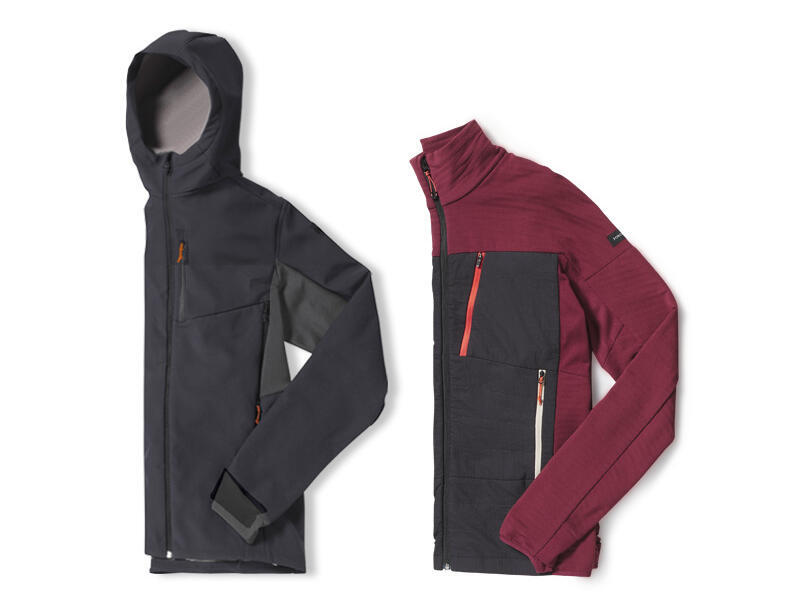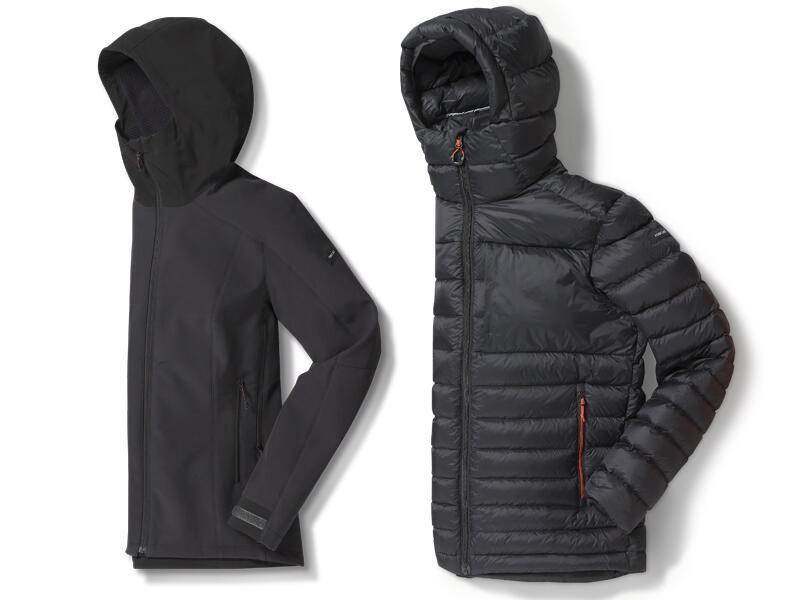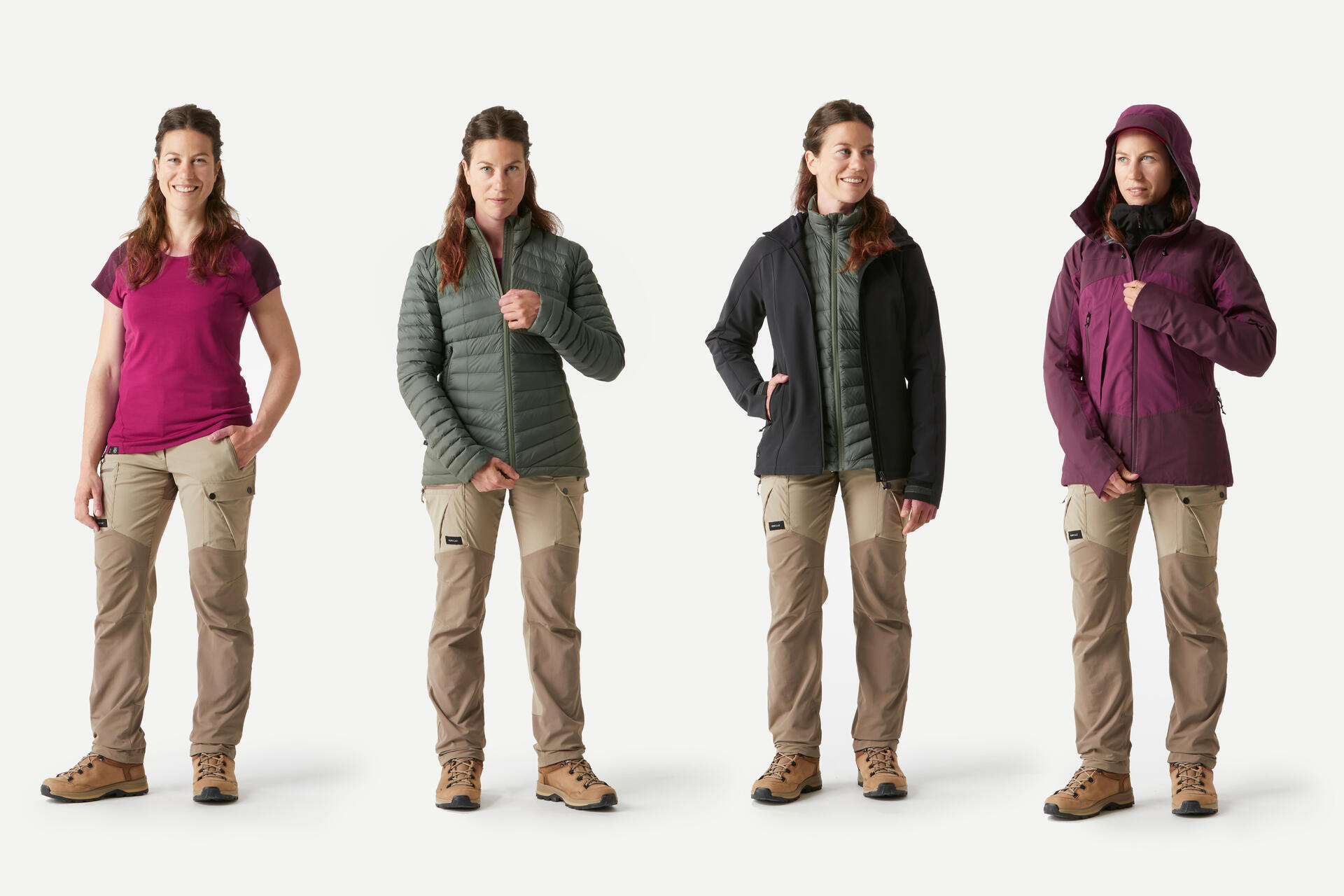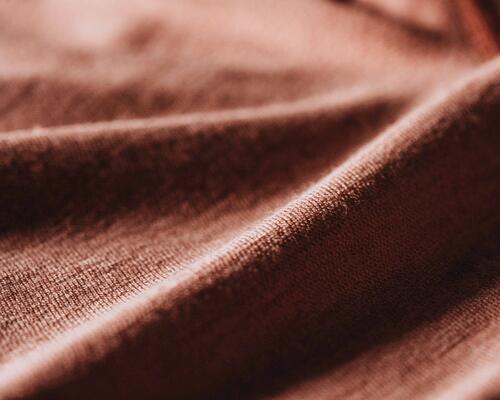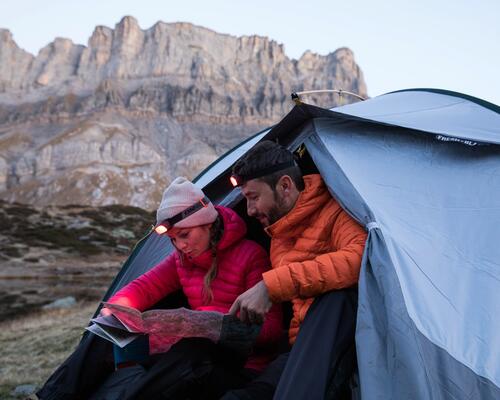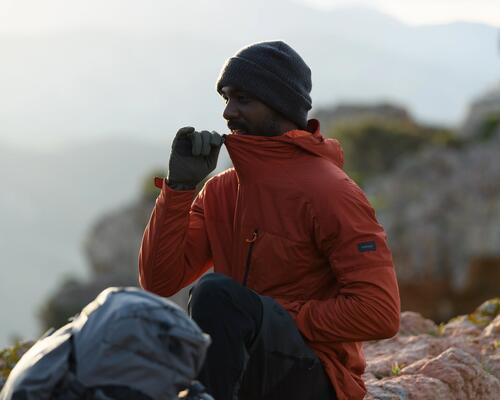Adapting your outfit to improve heat and humidity management while hiking or trekking.
When you do mountain sports,whether it's summer or winter, you always need to have the right kit to handle three key elements:
- Body heat: Protecting yourself from the cold and avoiding overheating.
- Weather: Rain, wind, snow, and UV rays.
- The intensity of the activity: physical activity increases your body temperature and causes you to sweat more, which can soon become uncomfortable if it isn't wicked away properly, as you may get cold in your wet clothes as the intensity of the activity decreases.
Successfully layering 4 layers thus allows for sweat to be evacuated and wicked away from the body thanks to a breathable layer, for body heat to be retained or distributed through the adaptation of insulating layers, and for you to be prepared for any weather changes thanks to a protective layer.



